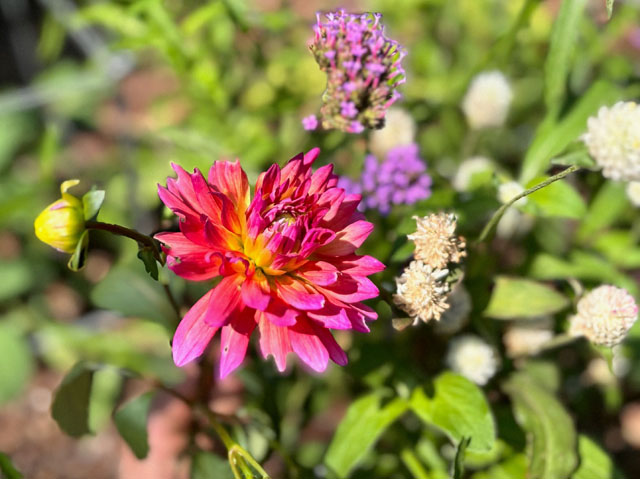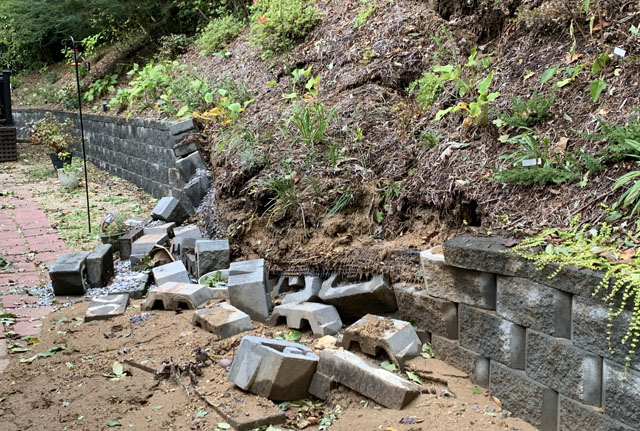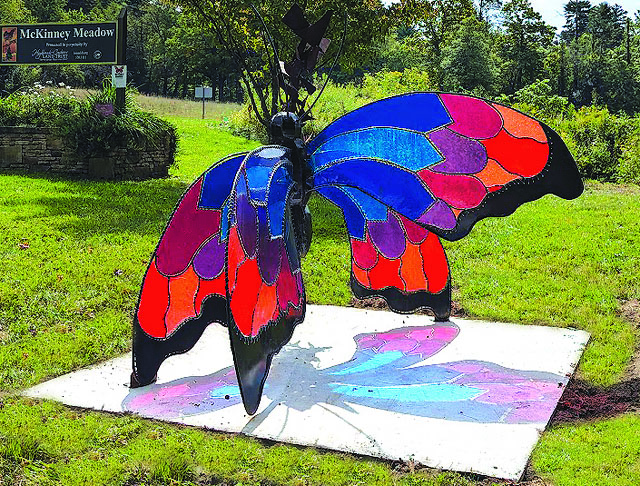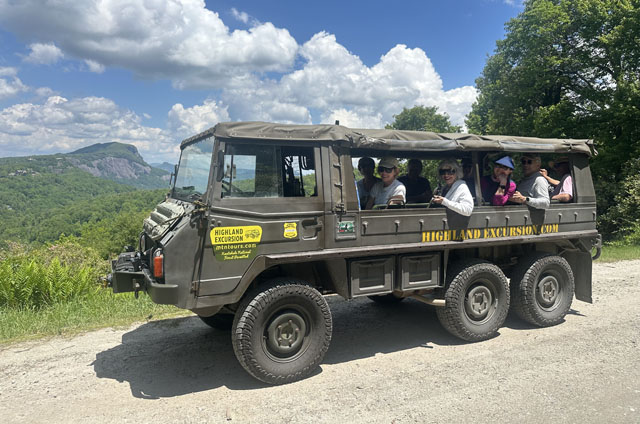Smart Growth, Part 1
02 Feb 2023
Building lasting relationships to support community growth
Story by KRISTIN LANDFIELD
Photos by KRISTIN LANDFIELD
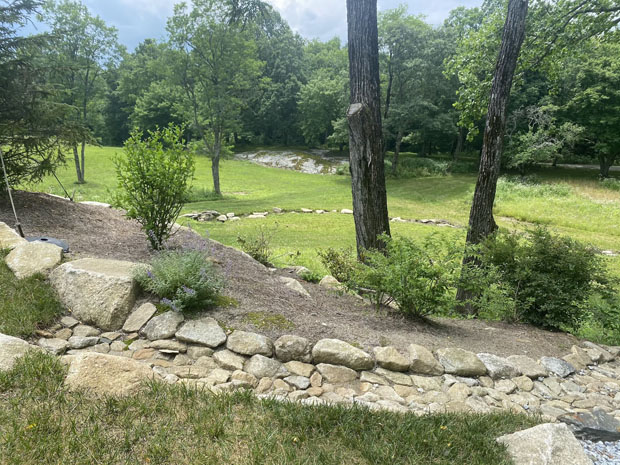
Anyone who has been in western North Carolina during the last few years can easily observe the eruption of growth in residential, commercial and municipal building projects. The area has exploded, and pandemic angst undeniably expediated this growth. Where better to retreat for fresh air and a reprieve from congested cities? People who already owned second homes found they enjoyed staying for longer periods than just weekend trips. Since larger travel plans were derailed, road-trippers from nearby cities visited the plateau and fell in love with this beautiful region, prompting them to consider a move.
It has since become increasingly common for seasonal residents to make a mountain home their primary residence, and there are many benefits to this shift. Services and amenities improve if people are around to support them, and people are more comfortable operating a local business when they can count on patrons. With more demand, property values increase. Not so long ago, though, it was said that Highlands and Cashiers “rolled up the sidewalks” after November 1st, and they didn’t reappear until leaves were covering the trees. Now, the dormant months are no longer so dormant. As cell phone and internet service inevitably improve, this trend will likely continue.
The elephant in the room (though many are now naming the elephant) is that this local growth is a mixed bag. It’s complex and will become more so without a concerted effort to mitigate the negative effects of such expansion. Now these hills are alive with the sound of construction. The irony, of course, is that the sole reason for the burgeoning growth and its ecological impact is the exceptional natural landscape that draws ever more people. Noise and exhaust from trucks and large equipment steal the serenity that is at the heart of the region and the sensitive wildlife that depends on it. Trees are removed for construction, and those that aren’t removed often sustain irreparable damage from the building impact, then die within a couple of years. Once the canopy is modified, other trees, vegetation and aquatic life suffer indirect consequences.
Perhaps most pernicious are the erosion effects created by irresponsible construction. Because life within an ecosystem is fully interdependent—from the tiny microbes in soil to the black bear—a seemingly small injury can reverberate in multiple ways. The deleterious consequences of erosion are difficult to overestimate, and they swell in “downstream” ways that are hard to track. But the reality is, growth is upon us, for better and for worse, so working together must be the way forward. There are irrefutable arguments to protect and recover more wild spaces. Rigidity about growth, however, may be the enemy of this good, given that this expansion will continue regardless. Containing its biggest impacts will be more effective than digging in our conservation heels while construction surges ahead.
This state of affairs is the backdrop against which Joe Aloisantoni, Community Associations Manager and Architectural Review Administrator at IPM, works. IPM is an Arden, NC based company that manages Homeowner Associations (HOA), and Aloisantoni serves as a liaison between property owners and the association. He assesses and regulates compliance with bylaws of a community. Joe walks a fine line, making decisions between individual homeowners’ requests and the requirements of a community. Such requirements include heavy regulation of excavation, erosion control, tree removal, safe construction practices and noise and light ordinances.
The first and foremost responsibility of an HOA is to preserve and promote property values. Fortunately, most architectural and construction requirements are aligned with practices that should mitigate environmental and community impact. It’s obvious that broad destruction of habitat is at odds with property values, so protection is a high priority. Aloisantoni regards his role as supporting the homeowners who have engaged his company, even when he’s forced to deny their requests to uphold community bylaws.
While meeting Joe at a project in Jackson County to assess view pruning, he pointed to the carcasses of two dead trees in the view plane. “An eagle often lands on those two trees—they should stay,” he said. He then approved reasonable pruning that would open the homeowner’s view without topping a tree line or impacting the eagles. We also needed to assess substantial erosion issues. This project was ambitious, and with supply chain delays, the property remained an open muddy jobsite longer than ideal. Joe worked thoughtfully to strike a balance between project boundary limitations and the safety for contractors working on the steep property. Had he been too rigid about the project boundary, the site would have been too dangerous even for the crews to install proper erosion control measures. He sought the best compromise. I admired this conciliation and the values by which he made the decisions. Ultimately, Joe must follow guidelines, but within those requirements, he uses discretion and common sense to find workable solutions.
Joe Aloisantoni and his colleagues are the allies, not the enemies, to smart growth. Property owners are not islands. We are all members of an ecological community—an ecosystem—that extends far beyond, below, and above the bounds of our growing towns. This necessitates measures to reroute stormwater in a sustainable way, to consider the health of the forest in selecting trees for removal, and to create smart access points that abate impact on a site. The reality is that such careful measures require a long view. They need time, money and expertise on the front end of a project, which can prevent enormous future costs. For smart growth to continue on the plateau, we must be sensitive to the very reason for the growth: this magnificent region we’re so fortunate to know.




